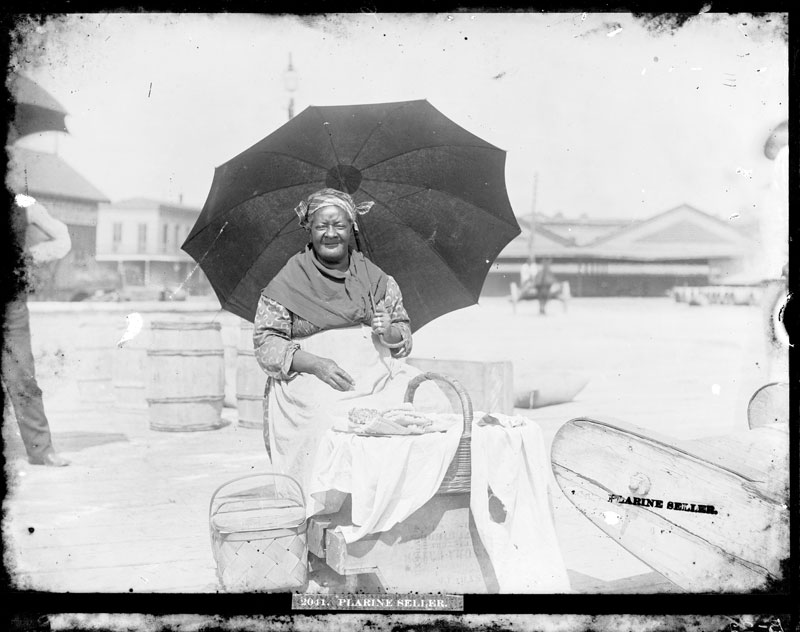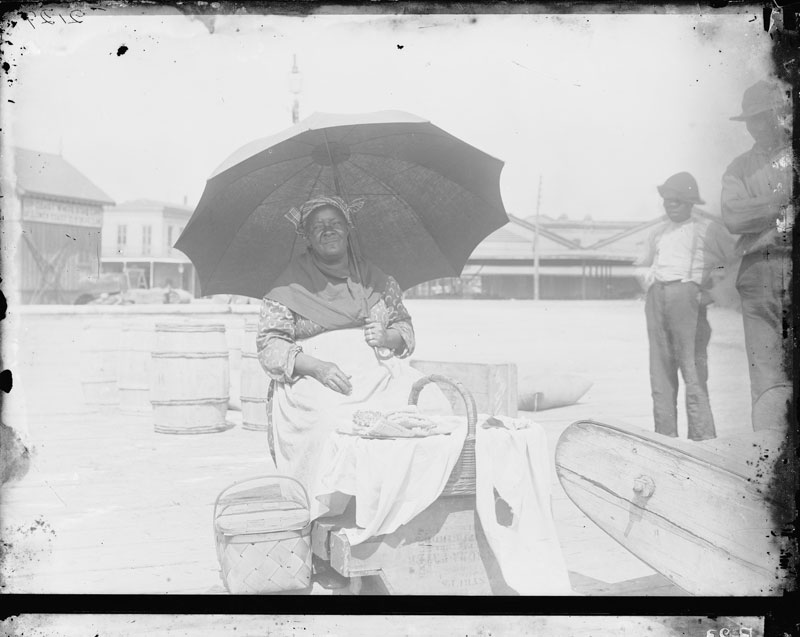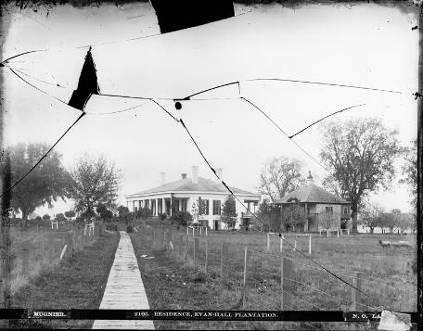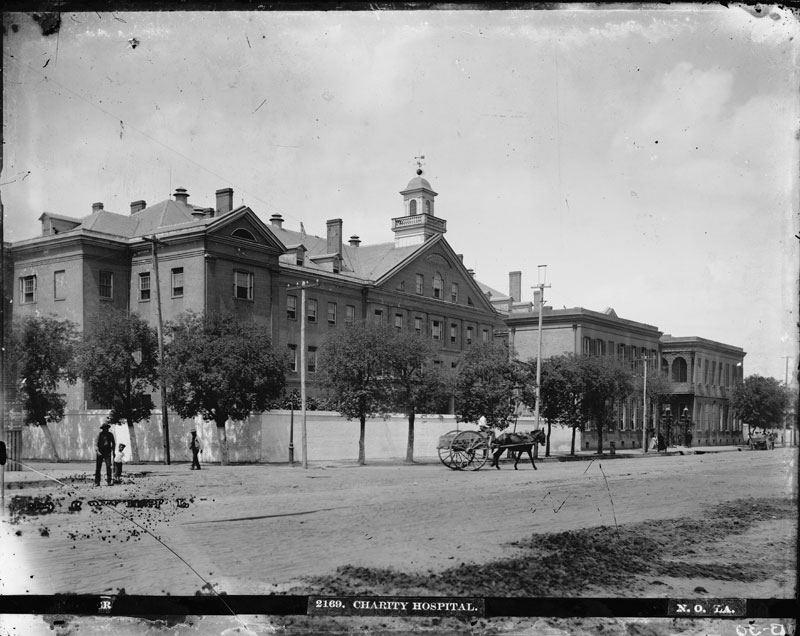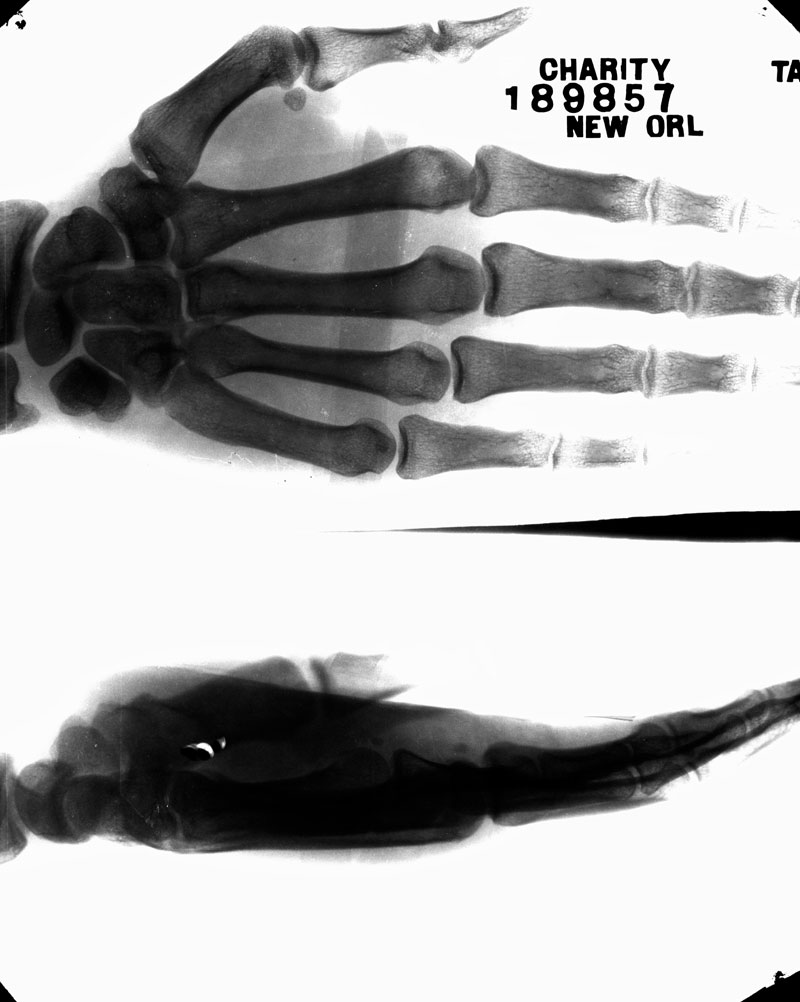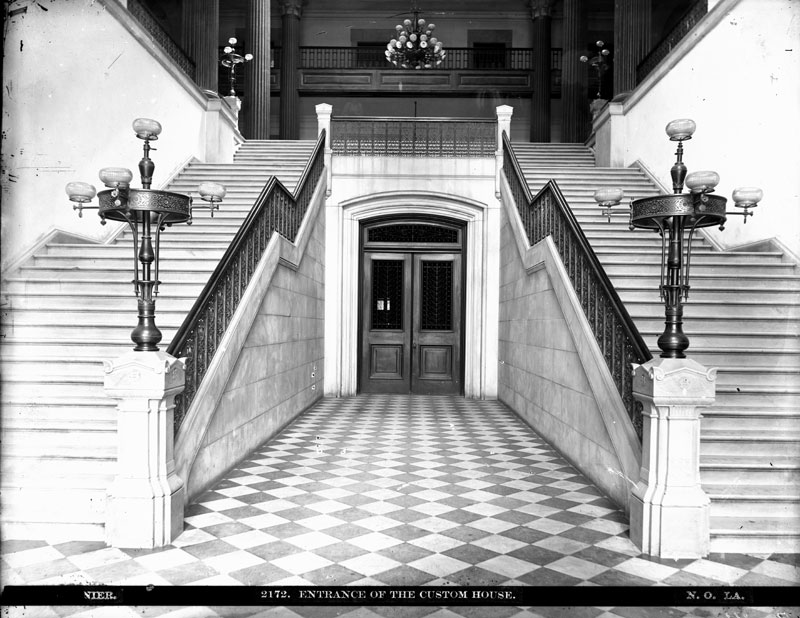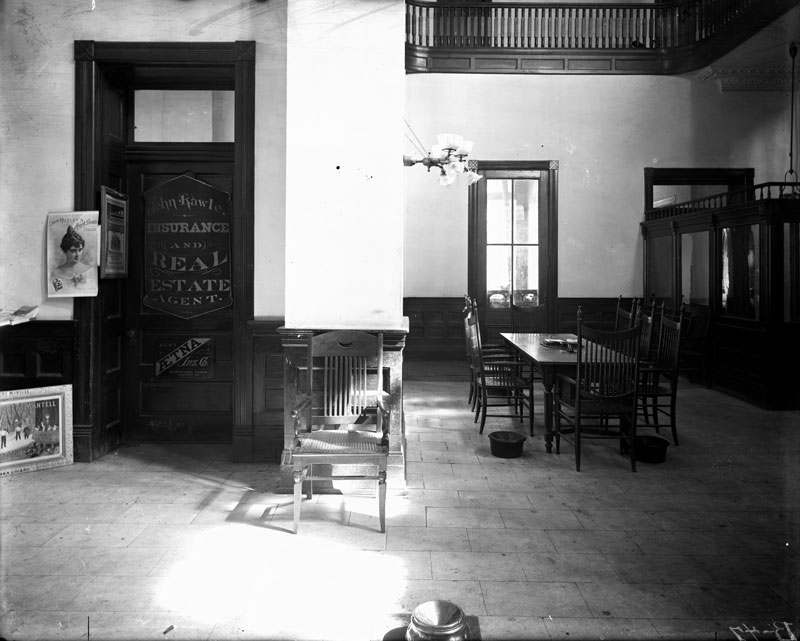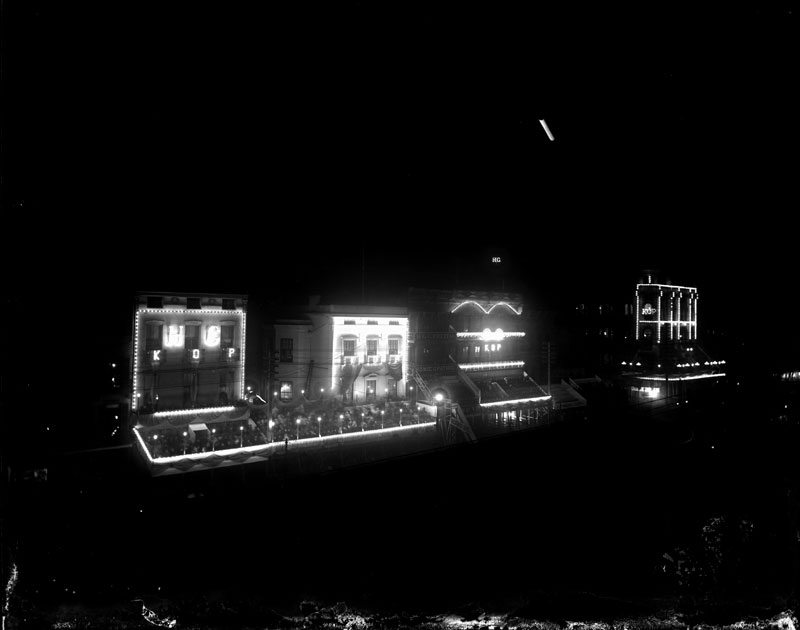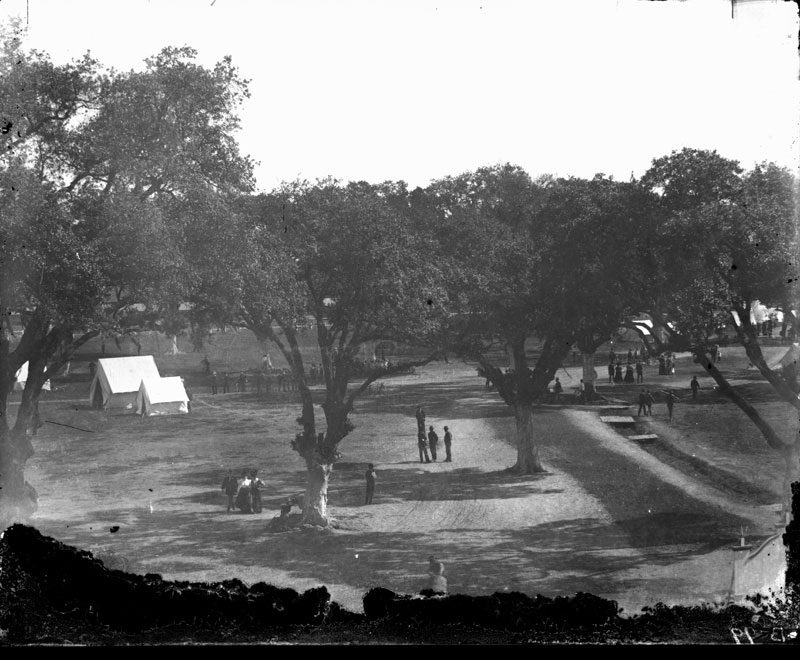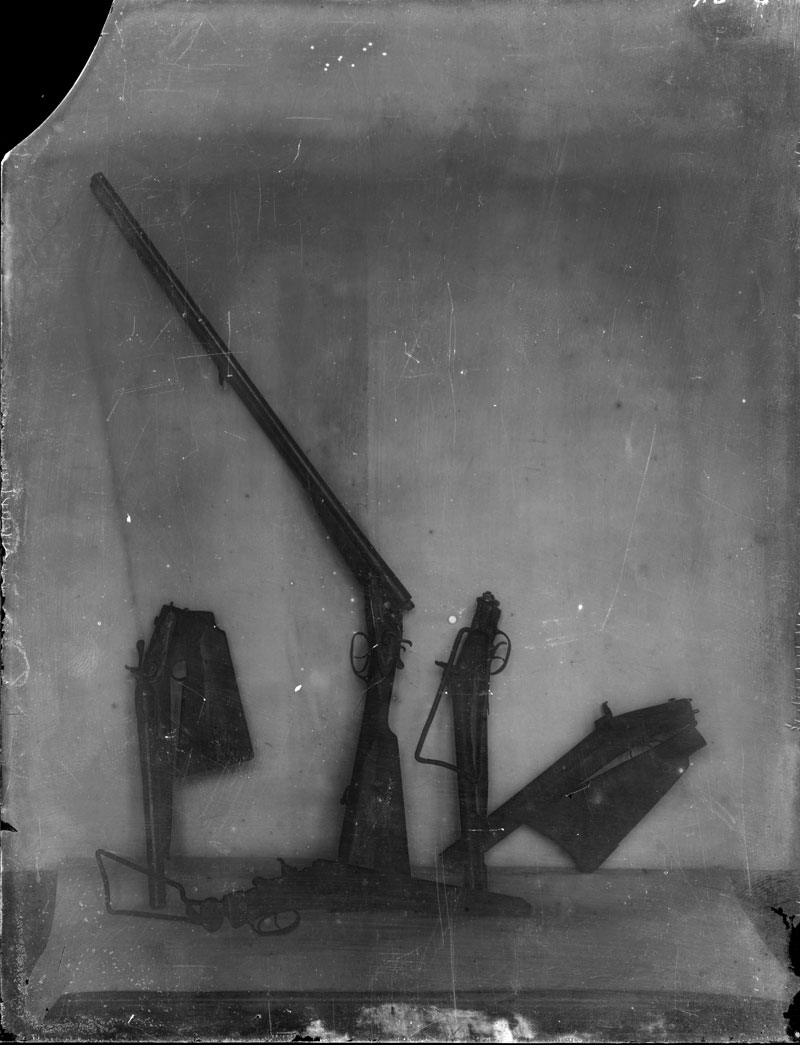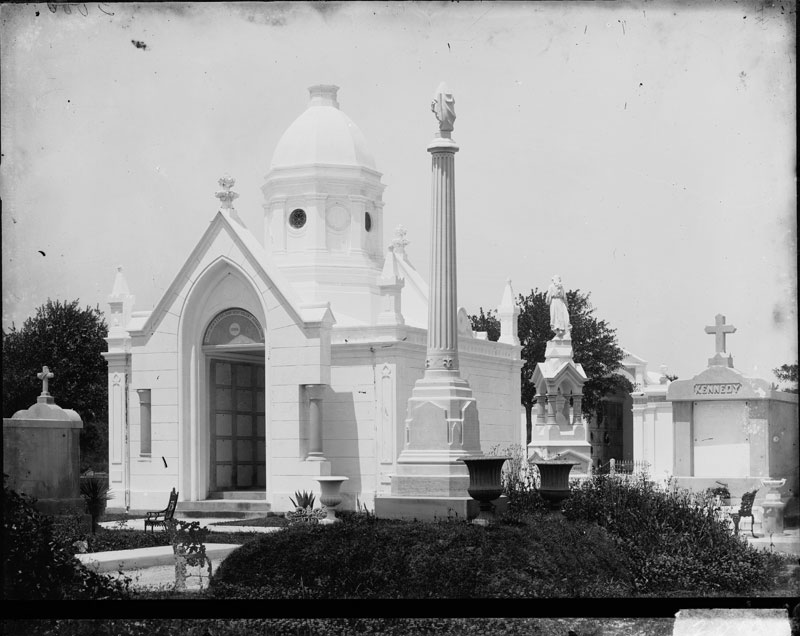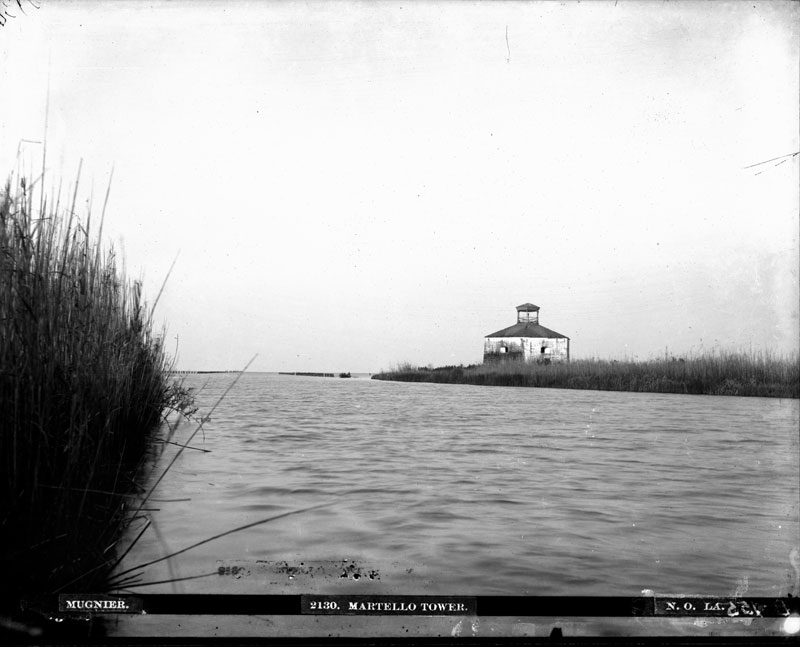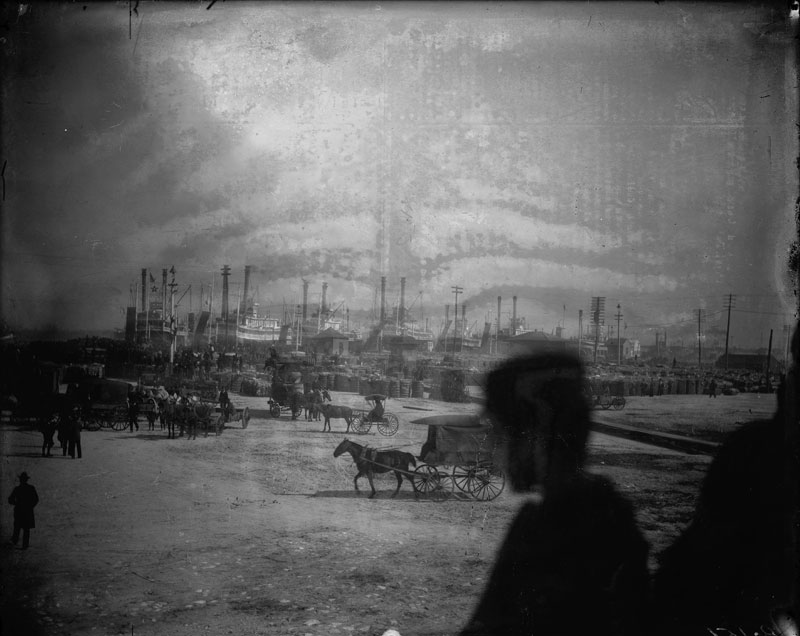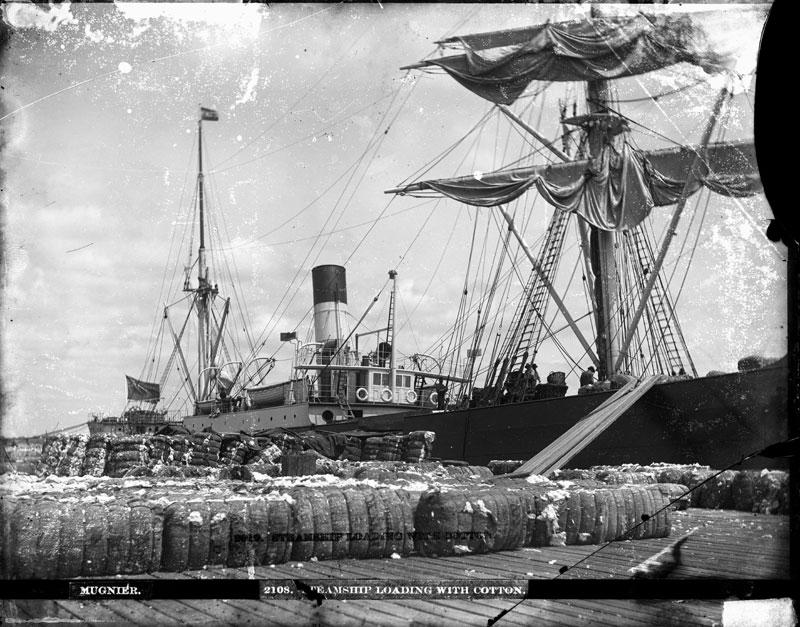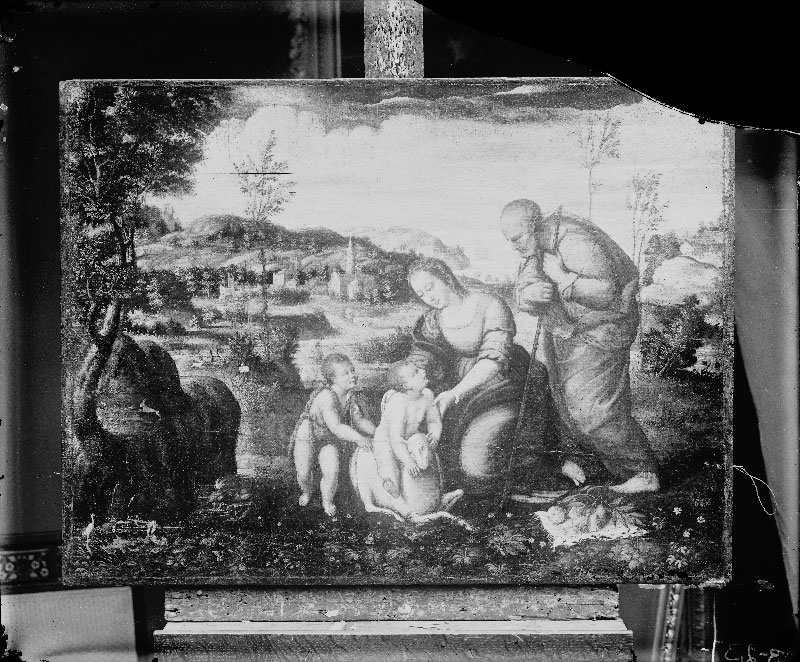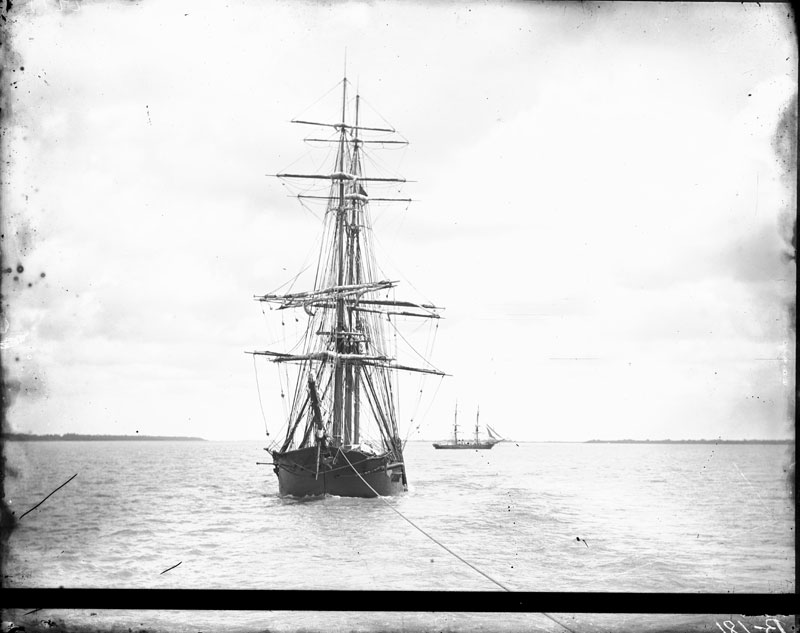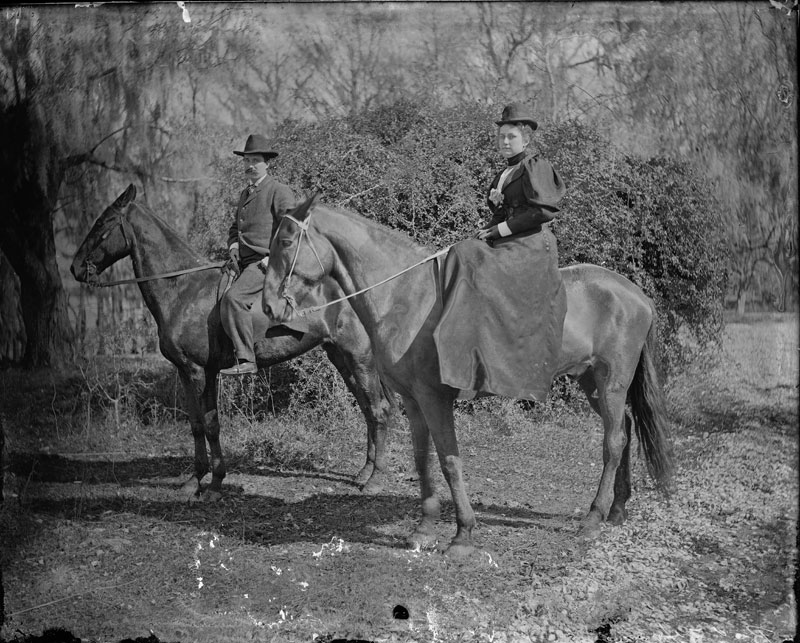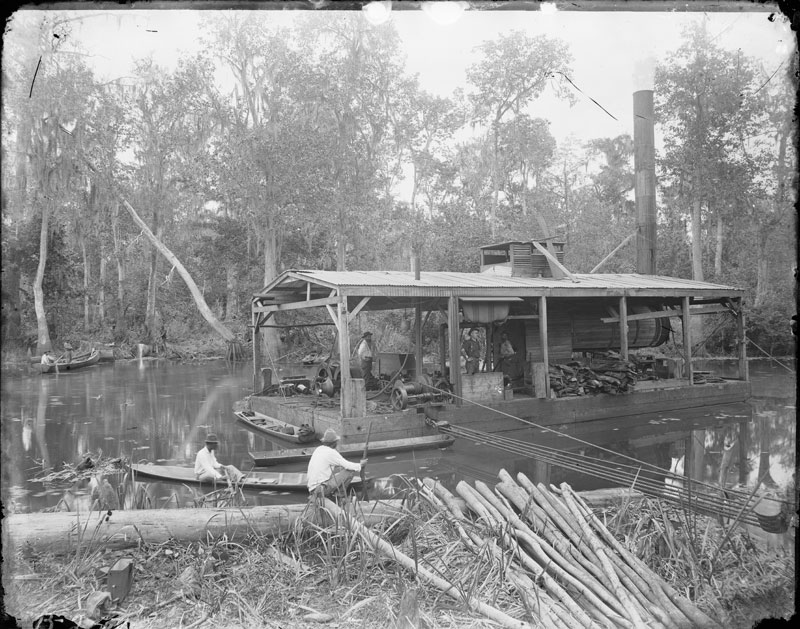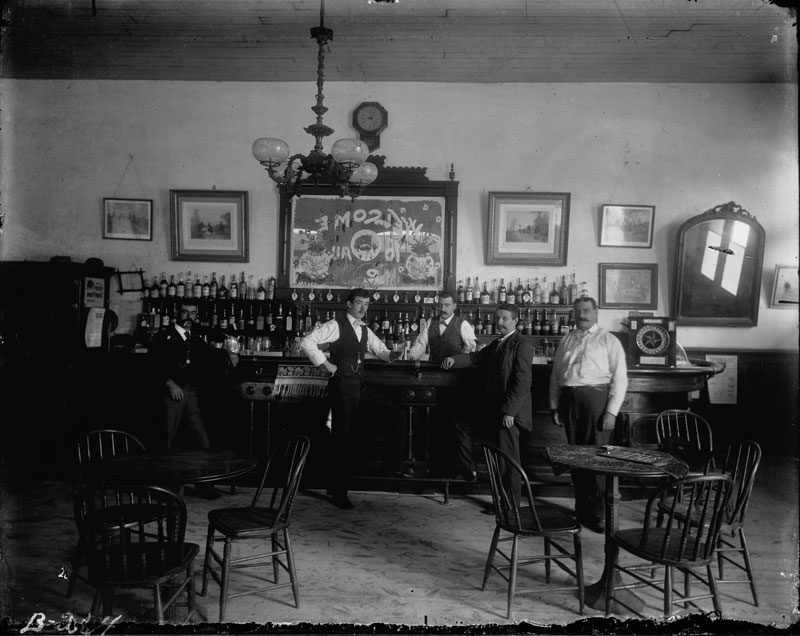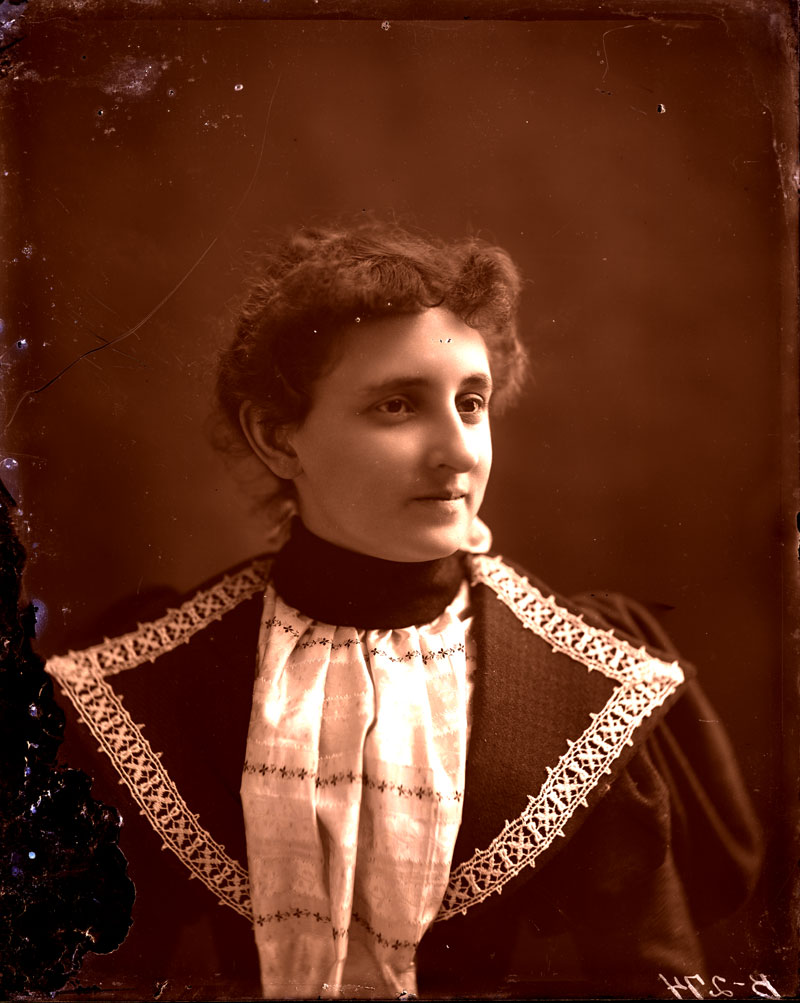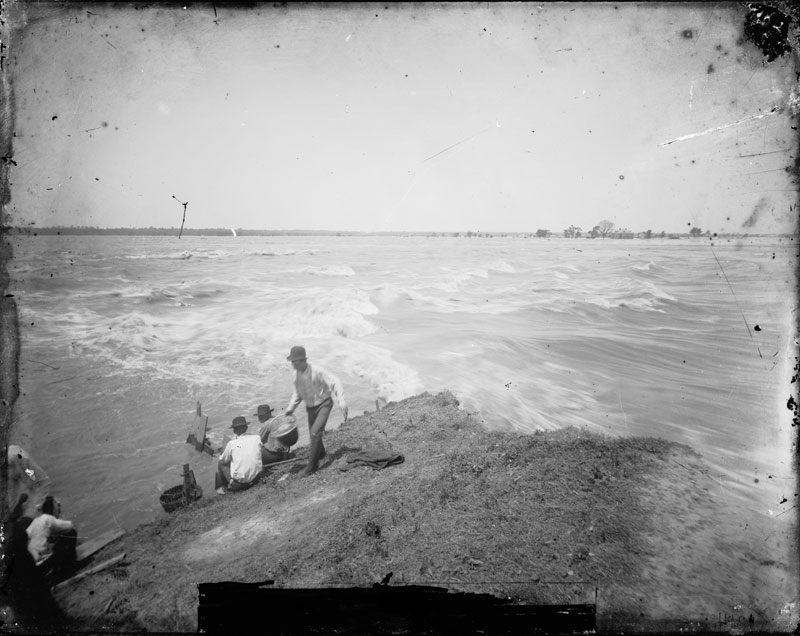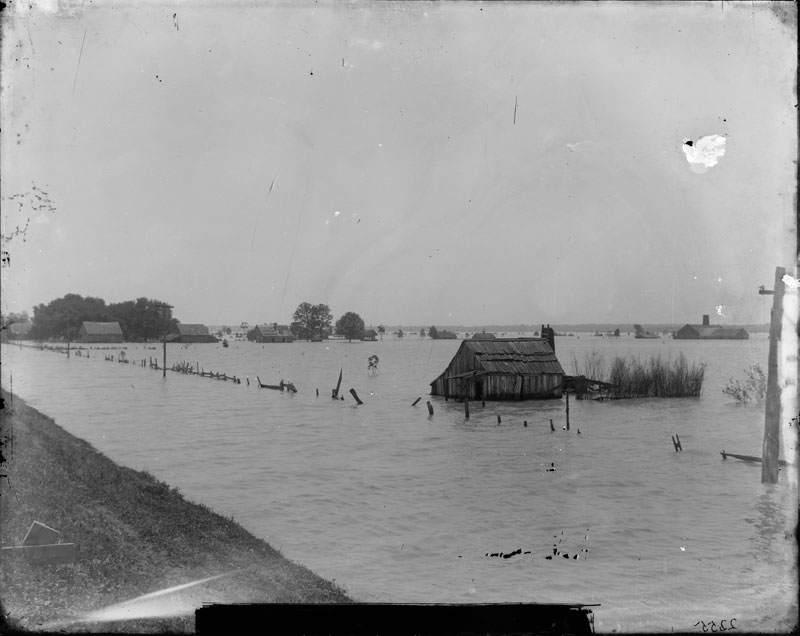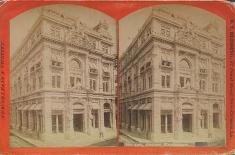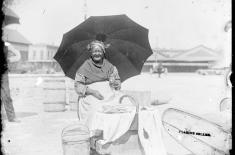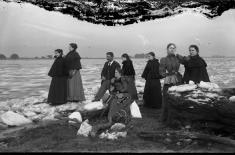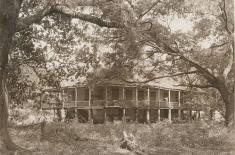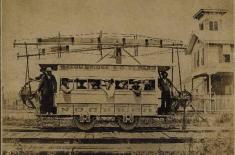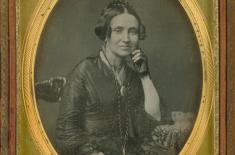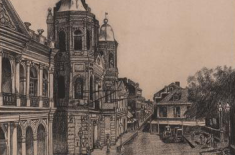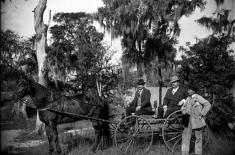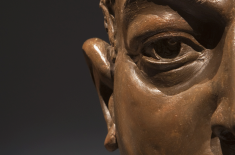George François Mugnier
Swiss, 1855–1936
Born in Switzerland, Mugnier trained as a watchmaker with his father, Jules Jacques Mugnier. The family came to New Orleans about 1868, and Mugnier apprenticed until age 18. He worked on his own as a watchmaker through the early 1880s. It is not known when he first began taking photographs, but in 1884 advertised as a "Landscape Photographer, 24 Exchange Alley, (Up-Stairs)." Mugnier made "Graphoscopic [stereoscopic] Views of Louisiana Scenery," as well as photographs of "Interiors, Lawn and Other Groups, Plantation Views...Yachts, Steamboats, Horses, &c. &c." Like many early New Orleans photographers, Mugnier seemed willing to accept whatever work his patrons required. He used a large-format camera and the wet plate collodion process to create glass negatives, what he called "Instantaneous Photographs."
Mugnier closed the business in 1884 but continued to work for a time at his nearby home, at 12 and 14 Exchange Alley. A few years later, he began working as an assayer's clerk at the U.S. Mint in New Orleans. In 1894, he became a partner in the Electric Engraving Company at 116 Exchange Alley. An advertisement from 1895 identified Mugnier and his colleague, Paul Raymond Audibert, as "Two Tireless Tigers," capable of doing "more and better work than ever." The firm only lasted a few years, and Mugnier later worked as foreman in the photo-engraving department of the Times-Democrat newspaper; he was also is listed as an automotive mechanic and a machinist. He worked with F.E. Derr, a figure about whom little is known. Derr's and Mugnier's photographs are indistinguishable after 1895. Mugnier sold his collection of photographs, including glass plates, to the Louisiana State Museum in the mid-1920s.
